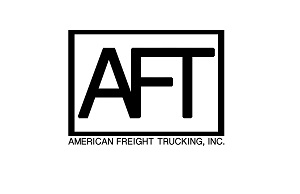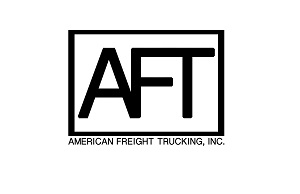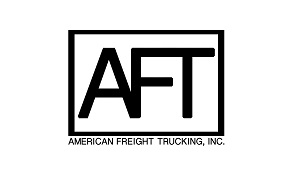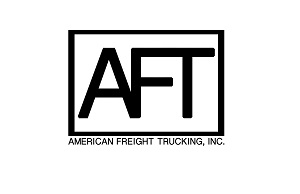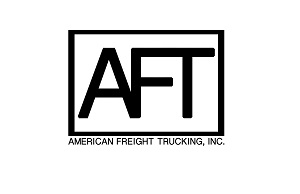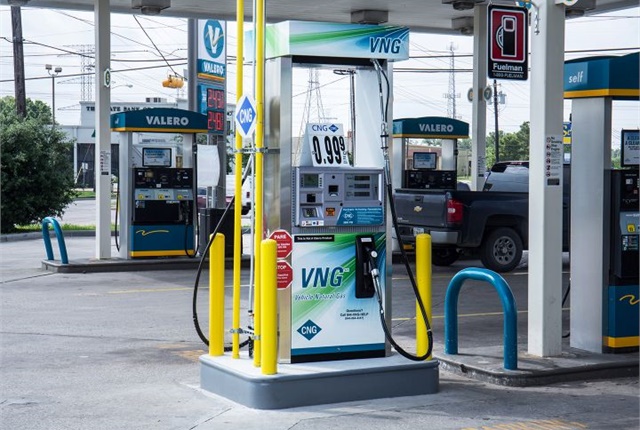
<img width="150" src="http://www.automotive-fleet.com/fc_images/news/m-cng-valero-3.jpg" border="0" alt="
Photo courtesy of VNG.
">
Photo courtesy of VNG.
">Oklahoma has reached a milestone of having at least one compressed natural gas (CNG) station every 100 miles along its interstates in a private-public partnership that began in 2011, according to an announcement from NGVAmerica.
Gov. Mary Fallin, who initially set the goal, recently joined CNG retailers OnCue Express, Love's Travel Stops, Sparq Natural Gas, Oklahoma Natural Gas and Tulsa Gas Technologies with other CNG proponents to celebrate the achievement at the OnCue Express CNG station in Billings, Okla.
Fallin's 2011 Oklahoma First Energy Plan called for the establishment of a network of CNG infrastructure along highways and interstates. The first goal was to have at least one CNG station every 100 miles along interstates by the end of 2015.
"Gov. Fallin has been an exemplary leader in advancing the use of clean-burning natural gas as a transportation fuel," said Matthew Godlewski, NGVAmerica's president. "Oklahoma sets an impressive example for other states looking to transition to our country's abundant supply of natural gas."
Related: Oklahoma Gov. Signs NGV Conversion Bill
Follow @HDTrucking on Twitter

